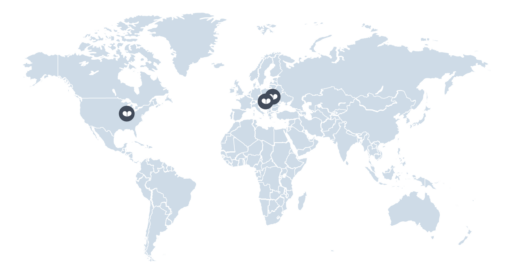
With the European outdoor clothing market increasingly saturated, companies have to make sure to not only offer a product but a way of life that their diverse target group identifies with. In this fiercely competitive climate, Californian brand Patagonia has been thriving with a mix of sustainability and ‘anti-advertising’.
After years of two-digit growth, the gold rush in the European outdoor apparel industry is over. While growth rates, after the stagnant mid-twenty-tens are slowly recovering, European brands are working not only on offering rainproof gear but also on communicating a distinct lifestyle. Californian company Patagonia has managed to achieve this very well:
Foundation and growth
Former climber Yves Chouinard founded the company in 1973, and is still privately owned. With 50 stores worldwide and a turnover of approx. 800 million dollars, Patagonia might be far smaller than its publicly traded Californian rival The North Face, but has a much faster rate of growth.
Since 2010, their turnover has doubled, despite a stagnant outdoor business. We have looked at the reasons for this:
Pioneer of sustainability in a contradictory business
It has been a traditional dilemma for the outdoor industry: The more successful their message to go out and actively enjoy nature, the bigger the crowds and their impact on the environment. Manufacturing functional wear also has an adverse impact on nature, which is especially unfortunate in a time when sustainability and going green are among the most important trends among consumers.
They not only want to buy a good product – they want to feel good about doing the right thing. A message Patagonia keeps reinforcing.
Authentic success
Patagonia has been vocal about how they strive to minimize the footprint of their products, and goes to great lengths to prove it, such as by using garments containing as much recycled material as possible. Suppliers and manufacturers who won’t sign up to their fair trade principles, or are not able to, lose their contracts. And since 2013, Patagonia down jackets only contain feathers of geese that are not force-fed or live-plucked, a decision so successful that their competitor North Face has made the same move a year later.
Soaring sales with anti-advertising
While sustainability might be seen as utilitarian reaction to a consumer trend for other companies in the fashion industry, it has been an integral part of Patagonia since its foundation. Credibility and the obsessive pursuit of transparency have always been a must for Chouinard and this drive is continued in the company today.
One example is the by now legendary ‘Don’t buy this jacket’ ad against consumerism on Black Friday’s New York Times, a move that made the depicted fleece a hit with buyers nevertheless.
For adventurers, home and away
Patagonia’s timely authenticity is well received among an affluent, urban target group. However, this group’s outside ventures are usually are quite short, and instead of athletic performance, many look for an enjoyable experience during a hike with their friends, sitting around a fire. Patagonia is also ready to meet these demands, offering lounge and yoga wear in addition to their outdoor range.














